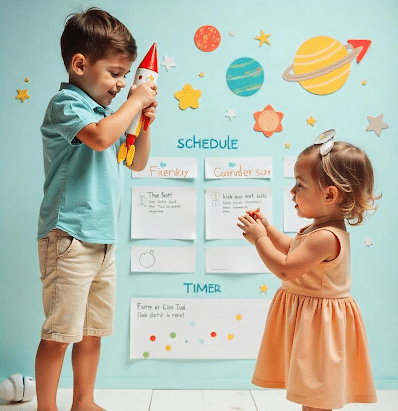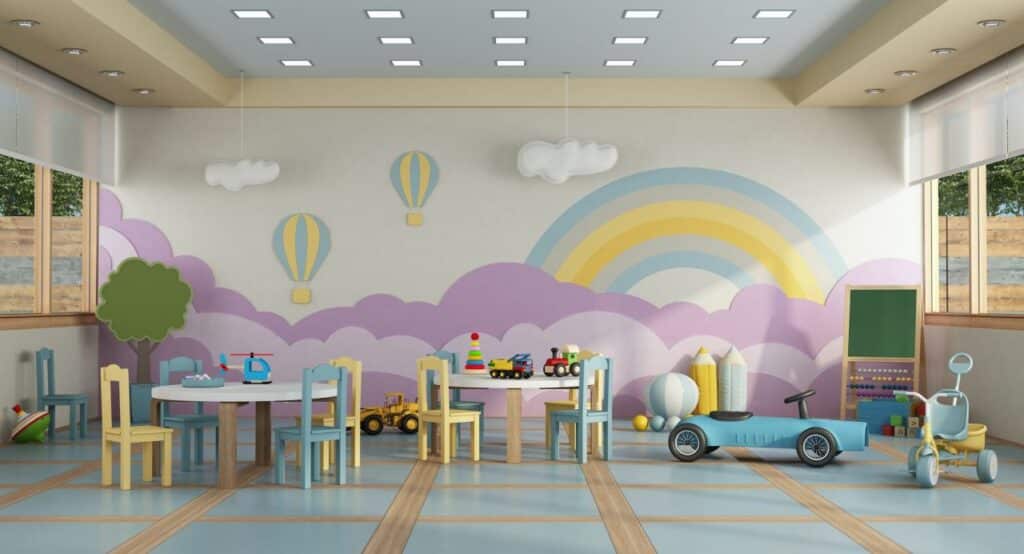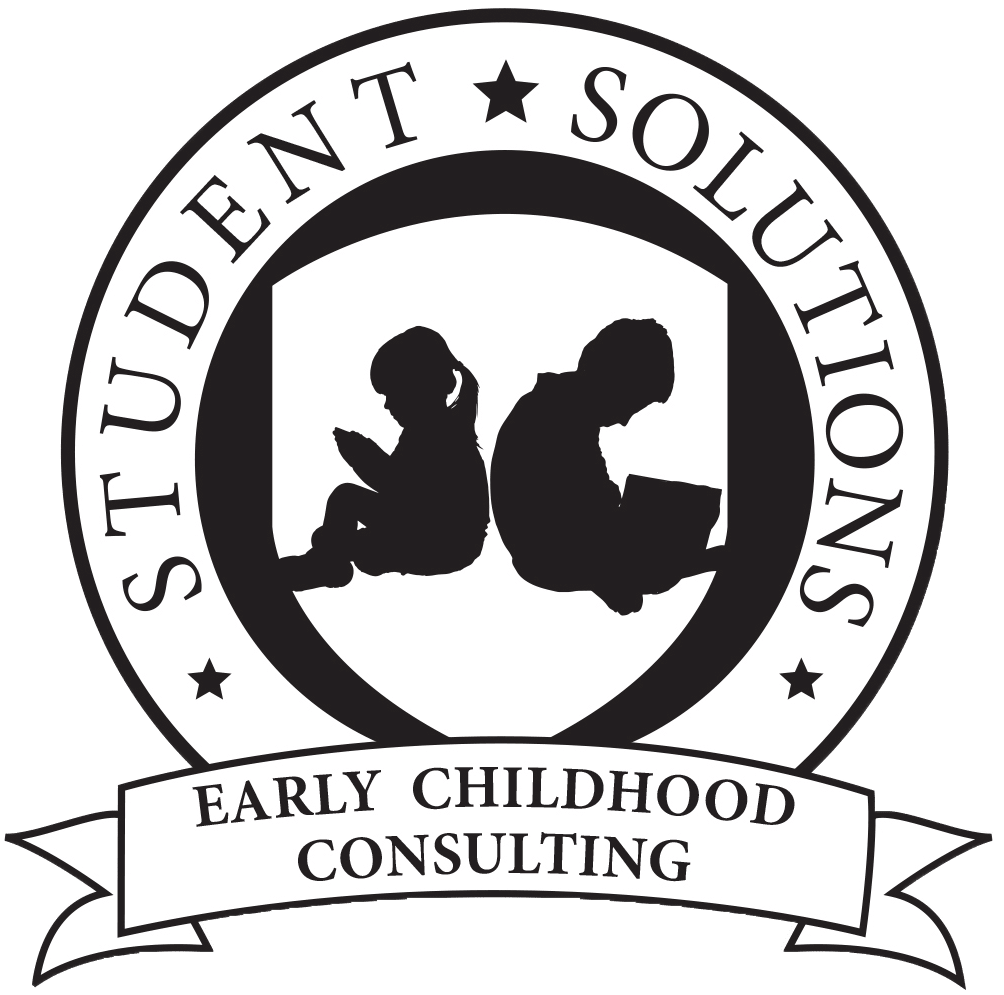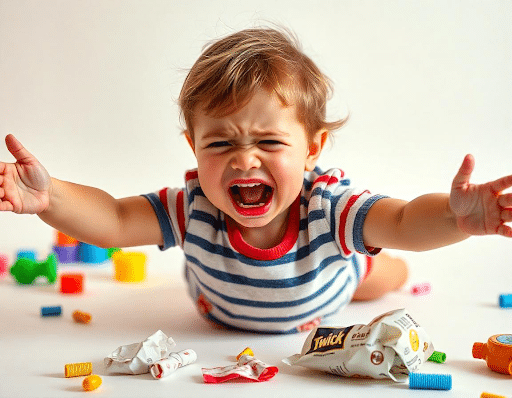
Soaring Strategies
Developmental Milestones checklist
If your child has not accomplished 3 or more of the following skills by the age listed, contact us for a screening.

Birth to 3 Months
- Makes sounds like cooing, gurgling, sighing, and grunting
- Cries differently for different needs
- Exhibits startle response to loud noises
- Recognizes primary caregiver’s voice and will quiet when they hear it
- Increases or decreases sucking behavior in response to sound
3 to 6 Months
- Babbles, squeals, and makes speck like sounds such as “b” and “m”
- Blows raspberries
- Chuckles and laughs
- Squeals and partakes in “vocal play”
6 to 9 Months
- Copies sounds or gestures
- Responds to name
- Vocalizes pleasure and displeasure
- May begin to use gestures and vocalizations to communicate (reaching out, waving, putting hands up to indicate “up”)
9 to 12 Months
- Recognizes common words (cup, juice, shoe)
- Can say one or two-syllable words (bye-bye, mama, dada)
- Responds to simple requests (come here)
- Begins to use more adult-like intonation like a question or exclamation
- Searches for common objects or family members when named
12 to 24 Months
- Uses some 2-word questions (Where kitty? Go bye-bye? What’s that?)
- Can point to some body parts when asked
- Points to pictures in a book when named
- Follows simple commands (roll the ball, kiss the baby, where’s your shoe?)
- Says “no” often
2 to 3 Years Old
- Uses 2-3 word sentences to talk about or ask for things
- Speech is understood by familiar listeners most of the time
- Understands and answers simple questions (who, what, where, why)
- Repeats simple rhymes and songs
3 to 5 Years Old
- Hears you when you call from another room
- Uses sentences that have 4 or more words
- 80% understandable to both familiar and unfamiliar listeners by age 3
5 Years and Older
- Can pay attention to short story and answer questions about it
- Hears and understands most of what is said at home and at school
- Uses sentences that give more detail (I like to read my books)
- Communicates easily with other children and adults
Birth to 3 Months
- Able to lift or raise head from surface when lying on tummy
- Reaches for or grasps toys, rattles, or hair
- Brings hand to mouth
3 to 6 Months
- Turns head and moves eyes to voices or sounds
- Rolls over front-to-back and back-to-front
- Holds toys, puts toys in mouth, and can help hold the bottle during feeding.
- Looks from one object to another
6 to 9 Months
- Moves toys from one hand to the other hand
- Can sit unassisted for five minutes
- Starts to crawl by pulling self up and kicking legs
- Tries to get an object out of reach
- Holds a small toy in each hand
- Bangs toys together at the center of the body
9 to 12 Months
- Grabs small objects with thumb and index finger
- Able to crawl, pull up on furniture, and take some steps without assistance
- Can drink from a cup with help
- Pushes/rolls a ball
- Tears paper
- Holds arms and legs out for dressing
- Removes socks
12 to 24 Months
- Walks alone without assistance and can keep balance when stepping off objects
- Can throw a small ball, scribble on paper, and use a spoon with some success
- Completes 1-3 piece puzzle or form board
- Uses one hand more than the other
- Turns hand to screw lids on/off
- Zips and unzips zippers
- Stacks small block towers
2 to 3 Years Old
- Can walk, jump with both feet, and show improvement at running
- Able to kick and throw a ball
- Able to walk up and down steps with alternate feet while holding someone’s hand (independently by age 3)
- Grasps pencil with thumb and index
- Washes hands
- Imitates drawing vertical and horizontal lines
- Undresses with help for fasteners
- Kicks a ball with either foot
- Simple sorting of objects (color, shape, size)
- Puts on shoes (may have the wrong foot)
3 to 5 Years Old
- Able to cut paper into 2 pieces, trace lines, and unbutton buttons
- Can pedal and steer tricycle
- Completes a 4-5 piece puzzle
- Buttons and unbuttons medium sized buttons
- Dresses and undresses without much help
- Brushes own teeth
5 Years and Older
- Learning to ride a two-wheeled bicycle
- Able to skip, run, gallop, and stop
- Able to engage in tumbling, swimming, singing, and ball games
Birth to 3 Months
- Follows moving toys or faces with their eyes
- Responds to loud noises
- Looks at caregiver with interest
- Responds to a smile with a smile
3 to 6 Months
- Pays attention to music
- Notices toys that make sounds
6 to 9 Months
- Likes to play peek-a-boo and pat-a-cake
- Waves bye
- Lets go of objects intentionally
- Plays peek-a-boo
- Engages with reflection in the mirror
9 to 12 Months
- Cooperates with dressing activities
- Follows a ball while it is rolling slowly
- Finds a toy after watching you hide it under a cloth
12 to 24 Months
- Likes to pretend play
- Recognizes self in mirror
2 to 3 Years Old
- Can follow 2-step directions (Get the book and put it on the table)
- Puts their clothes on by themselves (3 years old)
- Can take turns in games
3 to 5 Years Old
- Talks about activities at school or at friends homes
- Bathes self (4-5 years old)
5 Years and Older
- Tells stories and sticks to the topic
- Has friends and a social group at school, neighborhood, and outside activities
- Chooses own clothing
- Can make a sandwich and can assist with house chores
These high quality research based resources offer a mix of practical advice, tools, and strategies to support children’s growth and ensure families can further access the care and services they need.
1. Centers for Disease Control and Prevention (CDC) – Developmental Milestones and Early Intervention
Guidance on tracking developmental milestones and accessing early intervention services.
2. Understood.org
Resources to support children with learning and attention differences, including practical tools and expert advice.
3. Parent Center Hub
Comprehensive resources for families navigating special education, Individualized Education Plans (IEPs), and advocacy.
4. Autism Speaks – Resource Guide
Access information on autism diagnosis, treatment options, and family support services.
5. National Association for the Education of Young Children (NAEYC)
Offers information on high-quality early childhood education and child development practices.
6. American Academy of Pediatrics (AAP)
Trusted resources on child health, developmental delays, and navigating healthcare for children with disabilities.
7. Exceptional Lives
User-friendly guides and tools for families navigating disabilities, including Medicaid and IEP processes.
8. Center on the Social and Emotional Foundations for Early Learning (CSEFEL)
Research-based practices for promoting young children's social-emotional development.
9. IRIS Center – Vanderbilt University
Evidence-based modules for families and educators supporting children with special needs.
10. Birth to 5: Watch Me Thrive!
A federal initiative providing tools for developmental screening and resources for families.
11. Center for Early Literacy Learning (CELL)
Resources to enhance literacy skills in young children, especially those with disabilities.
12. National Center for Learning Disabilities (NCLD)
Advocacy and resources for parents of children with learning and attention challenges.
13. The Arc
Focuses on promoting and protecting the rights of people with intellectual and developmental disabilities.
14. Family Voices
Provides support to families of children with special healthcare needs or disabilities, emphasizing family-centered care.
15. Child Mind Institute
Offers resources on children’s mental health and developmental disorders.



